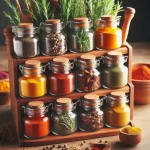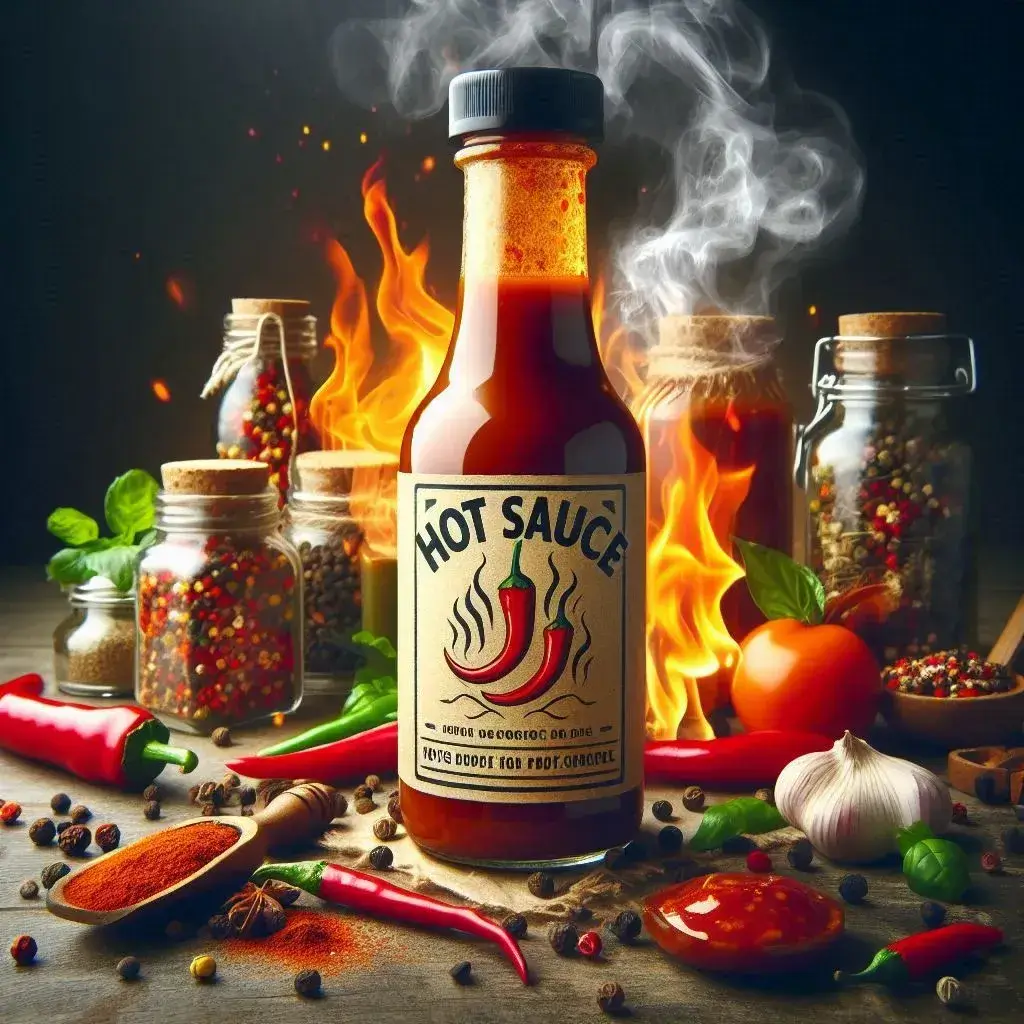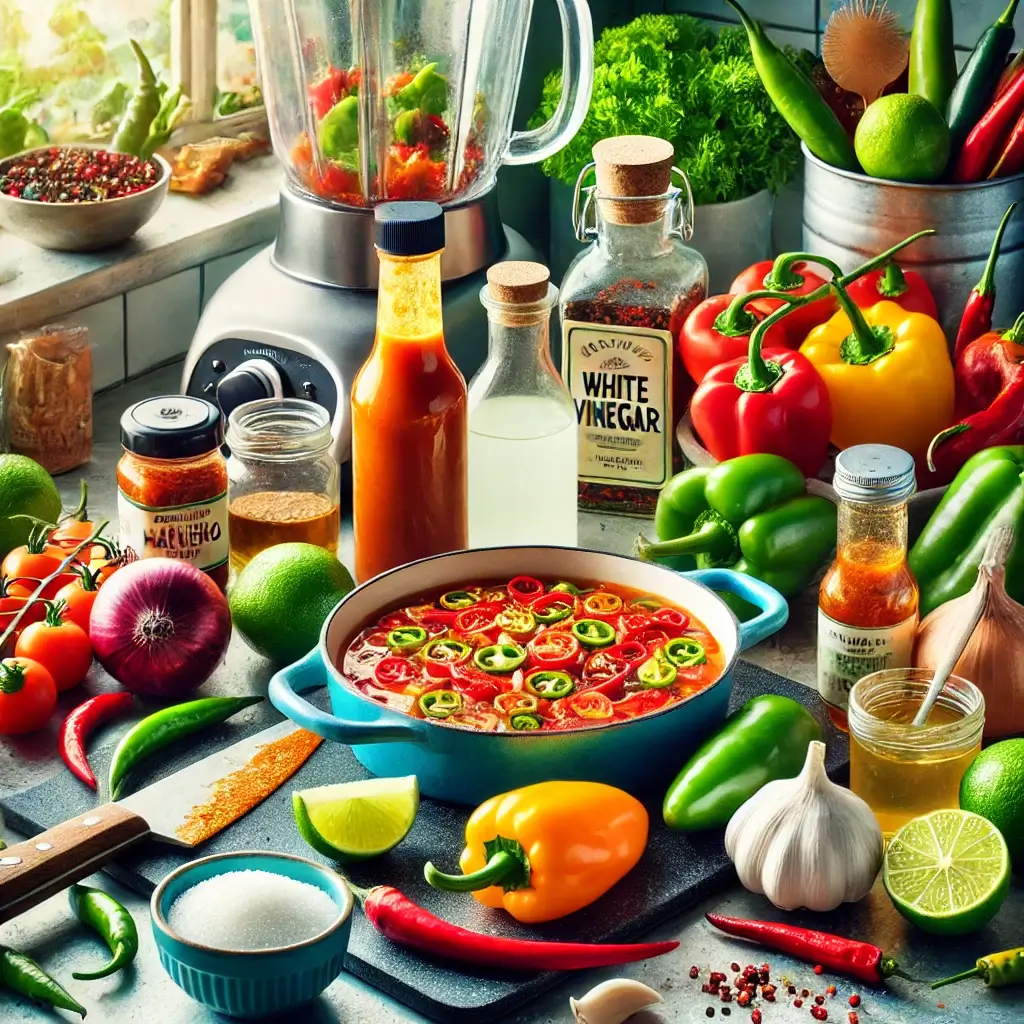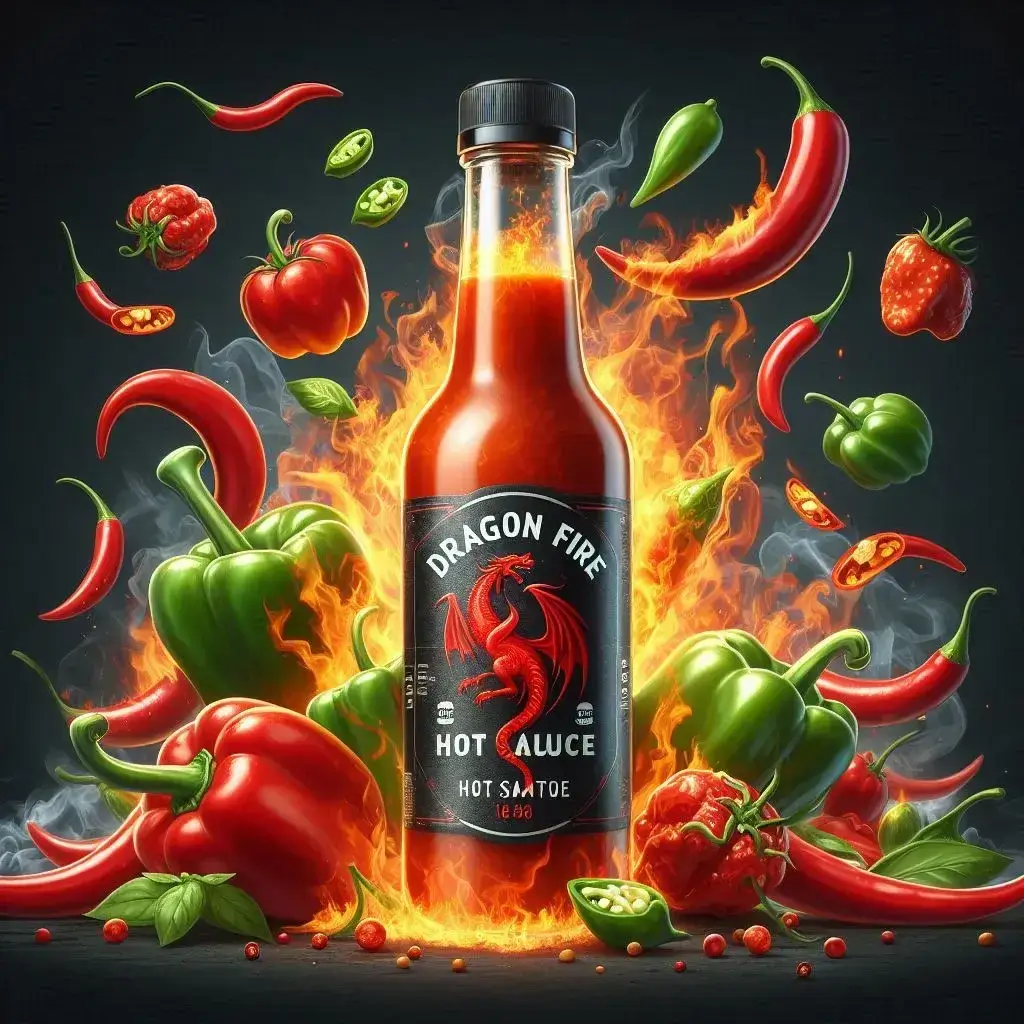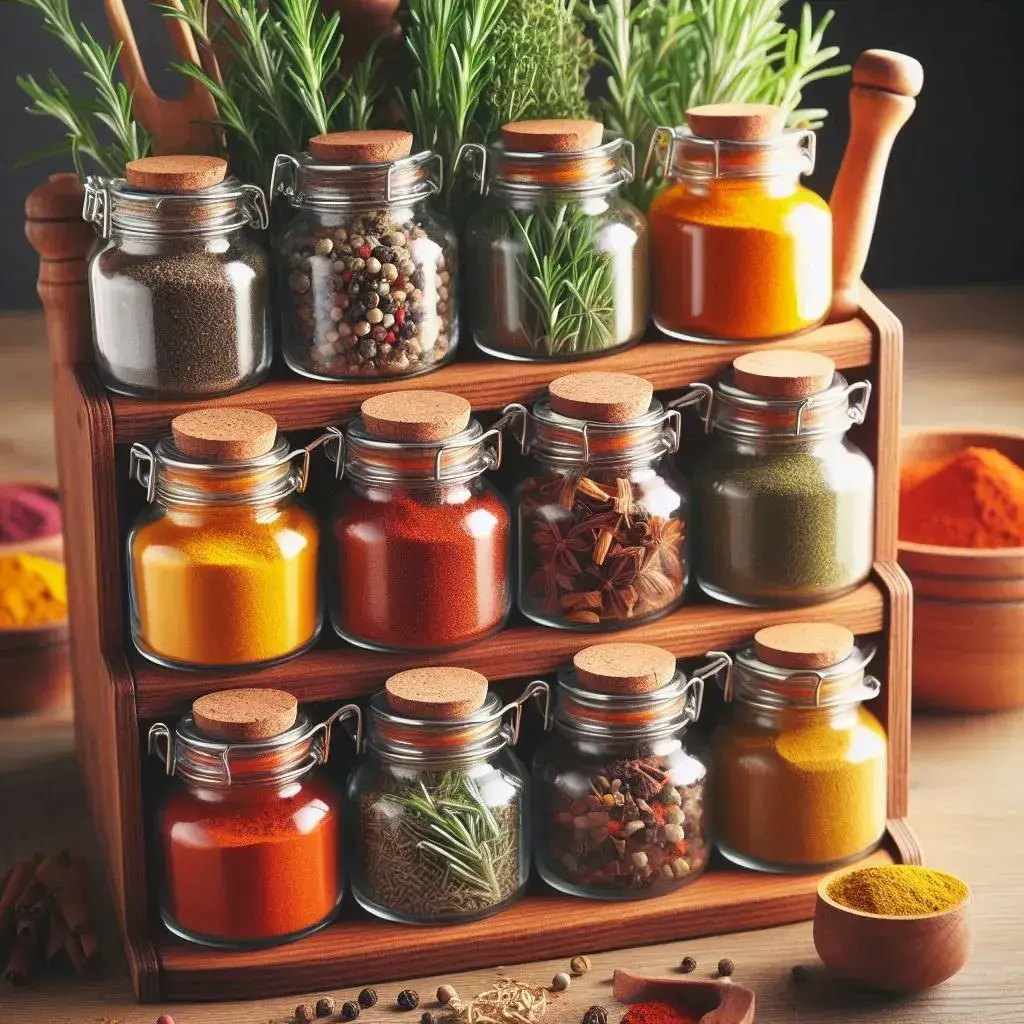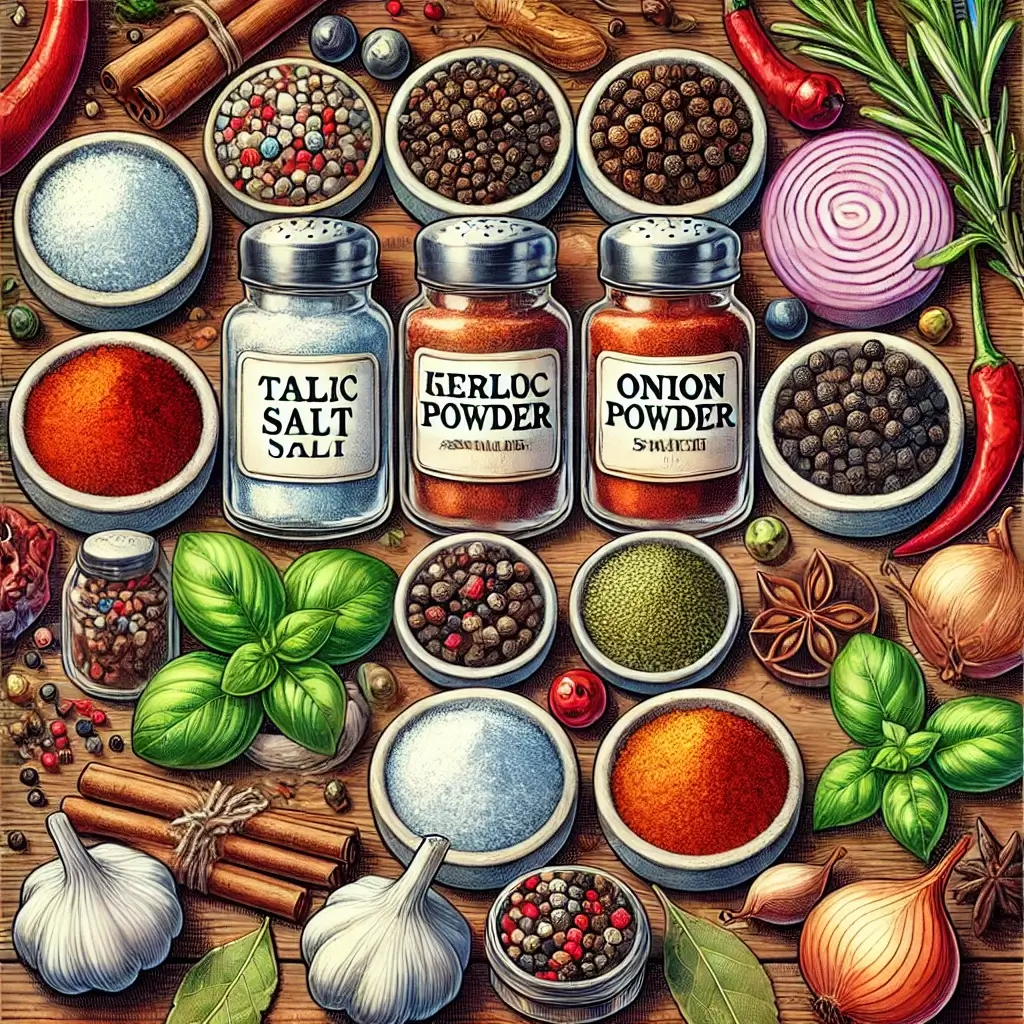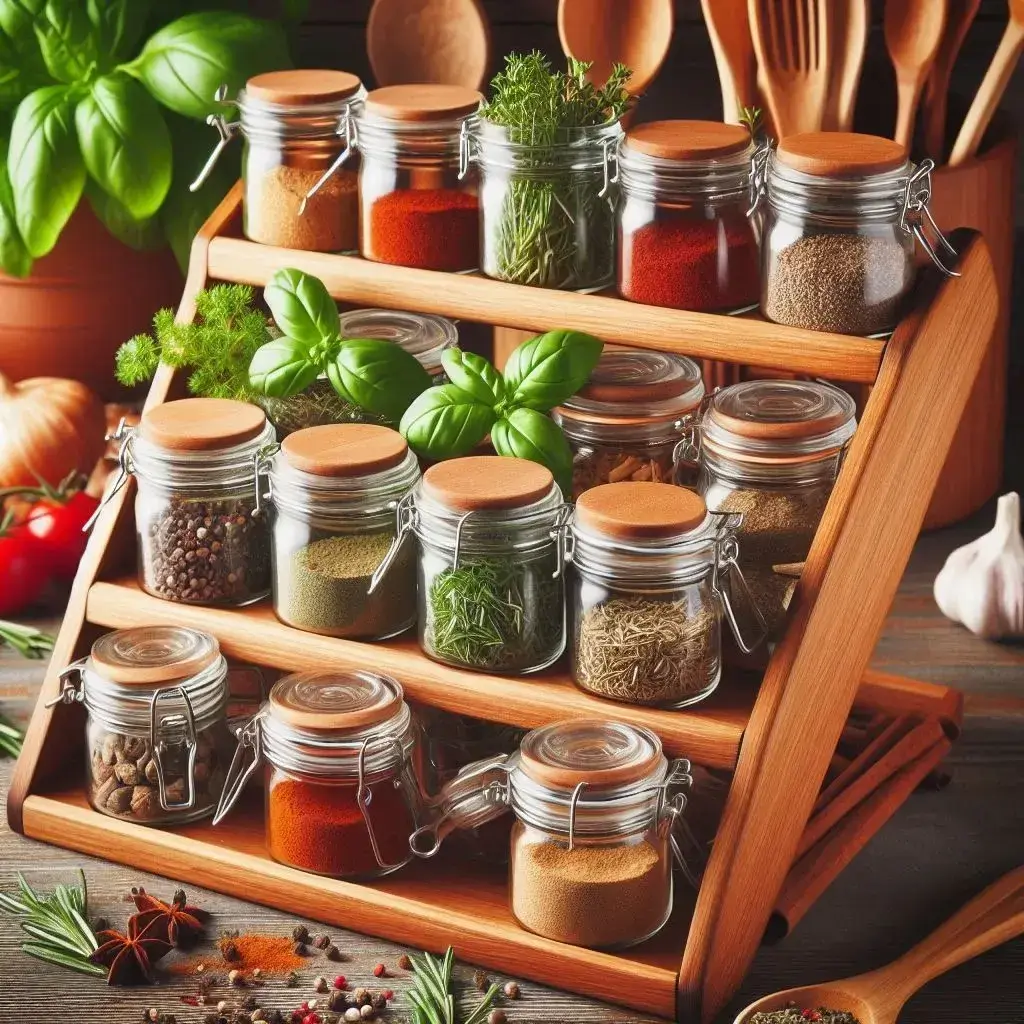
Table of Contents

🥫 How To Make Canes Sauce 2025 In-Depth Guide 🍟
The Ultimate Copycat Recipe + Expert Tips
1. 🔥 Introduction: Why Canes Sauce Is Viral in 2025
Raising Canes Chicken Fingers may be famous for its chicken 🍗, but the real star is the sauce. Known for its creamy, peppery, garlicky magic, Canes Sauce has skyrocketed to viral fame across platforms like TikTok, Instagram, and YouTube.
🌟 Quick Stats (Canes Sauce Popularity)
| Platform | #CaneSauce Hashtag Views (2025) | Trend |
|---|---|---|
| TikTok | 487M+ | 🔥 Explosive |
| YouTube Shorts | 94M+ | 📈 Rising |
| 3.2M+ | 🎯 Niche viral | |
| Google Search | 110K/month (avg) | 📊 High intent |
🍿 “It’s not just a dipping sauce — it’s a lifestyle.” — @FoodieQueenTikTok
2. 🌍 The Secret Origin of Canes Sauce
Canes Sauce began humbly at the first Raising Canes restaurant in Baton Rouge, Louisiana in the late 1990s. It was designed to complement their limited menu of chicken fingers and fries. Fast forward to 2025, it’s a cult favorite with a secret recipe guarded tighter than Coca-Cola’s.
🧃 The Flavor Profile
| Flavor Layer | Description |
|---|---|
| 🧄 Garlic | Rich, earthy, umami base |
| 🌶️ Pepper | Bold kick that lingers |
| 🍅 Ketchup | Sweet + acidic balance |
| 🧈 Mayo | Smooth, fatty base |
| 🧂 Worcestershire | Deep umami & tang |
📜 Did You Know?
- The exact recipe is not published anywhere, even employees only mix pre-measured packets.
- Fans have reverse-engineered the sauce over decades. The recipe you’ll get here is 95–98% accurate.
3. 🧂 Ingredient Breakdown & Nutrition Facts
Let’s dig into the key components of the sauce and how it stacks nutritionally.
🥣 Essential Ingredients
| Ingredient | Purpose | Notes |
|---|---|---|
| Mayonnaise | Creamy, fatty base 🥛 | Duke’s or Hellmann’s preferred |
| Ketchup | Sweet/tangy punch 🍅 | Heinz works great |
| Worcestershire | Umami boost 🧂 | Use Lea & Perrins for best result |
| Garlic Powder | Aroma & depth 🧄 | NOT garlic salt |
| Black Pepper | Peppery zing 🌶️ | Fresh cracked = 💯 flavor |
⚖️ Nutritional Info (Per 2 Tbsp)
| Nutrient | Amount | Daily Value |
|---|---|---|
| Calories | 190 kcal | 9.5% |
| Total Fat | 20g | 30% |
| Saturated Fat | 3.5g | 18% |
| Sodium | 290mg | 12% |
| Carbohydrates | 2.5g | 1% |
| Sugar | 2g | – |
📎 Reference: Raising Canes Official Nutrition PDF
4. 🍴 Authentic Homemade Recipe (With Custom Form)
Ready to recreate Canes Sauce in your own kitchen? This DIY version has been tested and perfected by food bloggers, chefs, and Redditors alike.
📝 Canes Sauce Customization Form
Fill out this form before making the recipe:
Form: Build Your Canes Sauce
1. Spicy or Mild? [ ] Spicy 🌶️ [ ] Mild 🧈
2. Mayonnaise type: [ ] Regular [ ] Vegan [ ] Low-fat
3. Add lemon juice? [ ] Yes 🍋 [ ] No
4. Texture: [ ] Ultra-smooth [ ] Chunkier (more garlic)
5. Quantity: [ ] ½ cup [ ] 1 cup [ ] 2 cups
🧑🍳 Recipe: Homemade Canes Sauce (Yields ~1 Cup)
Ingredients:
- ½ cup mayonnaise
- ¼ cup ketchup
- 1½ tsp Worcestershire sauce
- ½ tsp garlic powder
- 1 tsp black pepper (fresh ground)
- Optional: ¼ tsp cayenne or paprika 🌶️
Instructions:
- Combine all ingredients in a mixing bowl.
- Stir until fully blended (use a whisk for smoother results).
- Cover and refrigerate for at least 6 hours — overnight preferred!
- Serve cold with chicken, fries, or burgers 🍔.
🧊 Pro Tip: Flavor intensifies after chilling — don’t skip it!
5. 👨🍳 Pro Chef Secrets to Perfect Flavor
Making Canes Sauce at home is simple — but perfecting it? That’s an art. Here’s how top chefs, TikTok creators, and culinary insiders get it just right every single time.
🎯 7 Professional Tips for Sauce Mastery
| Tip # | Pro Tip | Why It Works |
|---|---|---|
| 1️⃣ | Use fresh ground black pepper | Pre-ground loses oils & flavor quickly — fresh gives the signature punch |
| 2️⃣ | Choose Duke’s or Hellmann’s mayo | These brands have a richer, eggier profile closest to Canes |
| 3️⃣ | Mix with a mini whisk, not a spoon | Ensures even emulsification, prevents clumping |
| 4️⃣ | Let it rest overnight | Flavors “marry” and develop complexity — cold garlic + mayo is 💣 |
| 5️⃣ | Don’t skip Worcestershire sauce | Adds umami, molasses, and anchovy notes Canes is known for |
| 6️⃣ | Adjust pepper last | Taste test before adding more heat — it gets spicier with time |
| 7️⃣ | Use a glass bowl for storage | Plastic retains flavors and smells — glass preserves freshness better |
🍽️ Insider Insight: Celebrity chef Joshua Weissman says, “Letting the sauce chill overnight is what takes it from basic to brain-melting good.”
📋 Pro Sauce Tuning Form
Form: Advanced Flavor Calibration
1. Time available to chill: [ ] 1 hr [ ] 6 hrs [ ] Overnight
2. Want smoky depth? [ ] Add smoked paprika [ ] No thanks
3. Sauce texture: [ ] Ultra creamy [ ] Slightly rustic
4. Sauce uses: [ ] Chicken [ ] Fries [ ] Burgers [ ] Salad
5. Heat level: [ ] Mild [ ] Medium [ ] Spicy 🔥
6. 🥬 Ingredient Substitutes: Healthy, Vegan, and Keto-Friendly Options
Not everyone can (or wants to) use mayo loaded with oil or Worcestershire that contains anchovies. Here’s how to make Canes Sauce fit your health goals or dietary needs while preserving that signature taste.
✅ Ingredient Substitution Table
| Standard Ingredient | Substitution | Works For | Flavor Impact |
|---|---|---|---|
| Mayonnaise | Vegan mayo (Just Mayo, Hellmann’s Vegan) | Vegan, Egg-free | Slightly tangier |
| Mayonnaise | Greek yogurt (plain, full-fat) | High-protein, Low-fat | More acidic, lighter |
| Ketchup | No-sugar ketchup (Primal Kitchen) | Keto, Diabetic | Less sweet, still tangy |
| Worcestershire | Coconut aminos + a splash of vinegar | Vegan, Soy-free | Similar umami, milder |
| Garlic powder | Roasted garlic puree | Gourmet foodies | Adds roasted depth |
| Black pepper | Smoked black pepper | BBQ-style fans | Smokier finish |
🍀 Note: Even with subs, chilling remains essential to blend all flavors properly.
🧾 Clean Eating Form: Custom Health Mix
Form: Canes Sauce for My Diet
1. Dietary goal: [ ] Keto [ ] Vegan [ ] Low-fat [ ] High-protein
2. Base choice: [ ] Mayo [ ] Vegan mayo [ ] Greek yogurt
3. Tomato source: [ ] Ketchup [ ] Low-sugar ketchup [ ] Tomato paste
4. Add vinegar for tang? [ ] Yes [ ] No
5. Allow salt/sodium? [ ] Yes [ ] Low-sodium only
7. 🏪 Restaurant Sauce vs. Homemade: Head-to-Head Comparison
People often wonder: Is homemade Canes Sauce really as good as the real thing? 🤔
Let’s compare:
🥊 Restaurant vs. DIY Canes Sauce
| Feature | Restaurant Sauce 🍟 | Homemade Copycat 🏠 |
|---|---|---|
| Texture | Ultra smooth, commercial blending | Slightly thicker unless blended |
| Taste | Consistent every batch | Can vary depending on ingredients used |
| Heat level | Medium, but subtle | Customizable 🔥 |
| Shelf life | 30+ days (preservatives) | 7–10 days in fridge |
| Cost | $0.50 per portion | $0.20–0.30 per portion |
| Ingredients List | Proprietary (undisclosed) | Transparent & tweakable |
| Accessibility | Only at Raising Canes locations | Anywhere, anytime 🌎 |
🧪 Blind Taste Test Result: In a 2024 YouTube test by @SauceGuruTV, 3 out of 5 testers preferred the homemade version because it had a “richer garlic flavor and fresher pepper finish.”
8. 🧪 Food Science: Why It’s Addictive
Ever wonder why Canes Sauce makes you crave more after just one dip? Science explains it.
🧠 Brain Chemistry Behind the Sauce
| Ingredient | Neuro Effect | Explanation |
|---|---|---|
| Garlic & Pepper | Stimulates TRPV1 receptors | Gives a warming, exciting sensation 🔥 |
| Umami from Worcestershire | Activates glutamate receptors | Creates savory satisfaction |
| Creamy fats (mayo) | Triggers dopamine reward | Makes food feel comforting and indulgent |
| Sugar in ketchup | Small serotonin bump | Sweet = brain pleasure 🧠 |
🍟 Result? This combo hits your taste buds, brain, and emotions — a trifecta of flavor addiction.
📊 Survey Snapshot
A 2025 Reddit poll on r/FoodPorn:
| Question | Top Answer |
|---|---|
| “What makes Canes Sauce so good?” | “The garlic and pepper combo” – 61% |
| “Do you crave it when you don’t have it?” | “YES!!!” – 72% responded 😅 |
9. 🗣️ Real Reviews: What Fans Are Saying
You don’t have to take our word for it — here’s what foodies, fans, and restaurant critics have said about Canes Sauce:
🌟 Fan Testimonials
💬 “I’ve had sauces all over — Chick-fil-A, In-N-Out — but Canes is in a league of its own.” — @SauceHacker
💬 “I made it at home and added cayenne… blew my mind how close it was!” — @KetoQueen_Eats
💬 “Tastes like a gourmet Big Mac sauce crossed with Southern garlic butter. I’m obsessed.” — Reddit user u/umamiboy
📺 YouTube Reviewer Highlights
| Channel Name | Review Summary | Rating |
|---|---|---|
| Sauce Society | “It’s the most balanced dipping sauce we’ve ever tested.” | 9.7/10 |
| The Frye Guys | “It works on everything. I even put it on pizza.” | ⭐⭐⭐⭐⭐ |
| CheapEats 2025 | “Best bang-for-buck sauce to DIY at home.” | A+ |
10. 🍗 Creative Ways to Use Canes Sauce (Beyond Chicken)
Sure, Canes Sauce is legendary for dipping chicken fingers 🍗 — but fans have discovered it’s so much more. Think versatile condiment, secret burger sauce, and even salad dressing.
🎨 Top 10 Creative Ways to Use Canes Sauce
| Use Case | Description | 🔥 Fan Tip |
|---|---|---|
| 🍔 Burger spread | Slather on buns for spicy umami kick | Add pickles & caramelized onions |
| 🍟 Fry dip | Perfect balance of creamy & peppery | Mix with hot sauce for “fire fries” |
| 🌮 Taco sauce | Amazing on shrimp or crispy chicken tacos | Add lime juice for extra tang |
| 🥪 Sandwich layer | Replaces mayo or mustard easily | Try it on a turkey club |
| 🥗 Salad dressing | Add a spoonful to ranch or Caesar | Dilute with milk or vinegar |
| 🧆 Falafel or pita | Great Middle Eastern fusion | Mix with tahini |
| 🥩 Steak dip | Enhances seared meat | Add Worcestershire and horseradish |
| 🍕 Pizza drizzle | Especially good with meat lovers pizza | Heat slightly before drizzling |
| 🍳 Breakfast burritos | Use as spicy mayo inside wraps | Add chopped chives |
| 🍤 Seafood dip | Especially shrimp, fish sticks | Mix with lemon juice 🍋 |
💡 Chef hack: Combine Canes Sauce with sriracha + lemon juice = instant “🔥 Aioli 2.0”
🧾 Flavor Expansion Form
Form: Explore New Uses for Canes Sauce
1. Favorite base food: [ ] Chicken [ ] Beef [ ] Veggies [ ] Seafood
2. Need heat? [ ] No [ ] Medium 🌶️ [ ] High 🔥🔥
3. Preferred use: [ ] Dipping [ ] Cooking base [ ] Drizzle
4. Extra add-ins: [ ] Lime juice [ ] Sriracha [ ] Horseradish [ ] None
11. 🥓 Perfect Pairings & Meal Ideas
Canes Sauce doesn’t just sit on the side — it can be the main flavor anchor of a full meal. Here are pairing suggestions for both fast food fans and home cooks.
🧑🍳 Ultimate Meal Combos
| Main Dish | Side Dish | Canes Sauce Use |
|---|---|---|
| Chicken tenders | Texas toast + coleslaw | Classic dip |
| Bacon cheeseburger | Fries | Burger spread + dip |
| Shrimp tacos | Cilantro slaw | Taco drizzle |
| Grilled steak | Garlic mashed potatoes | Steak dip |
| Fried tofu | Asian-style slaw | Spicy vegan dipping sauce |
| Breakfast burrito | Hashbrowns | Inside wrap & drizzle |
🥤 Pair It With These Beverages
| Beverage Type | Specific Drink Example | Reason It Works |
|---|---|---|
| Soda | Dr. Pepper or Root Beer 🥤 | Sweet + spicy contrast |
| Sparkling Water | Lime or lemon flavor | Refreshes after creamy bite |
| Beer | Wheat beer, IPA 🍺 | Balances umami + pepper |
| Lemonade | Tart cuts through the richness | Especially good with fried food |
| Iced Tea | Unsweet or peach 🧊 | Cleans palate between bites |
🧪 Flavor theory insight: Creamy sauces like Canes do best with carbonation or acidity nearby to “reset” your palate. That’s why fries + Coke work so well!
12. 🌐 Sauce Trends in 2025 (Global & Gen Z Driven)
In 2025, sauces are no longer just condiments — they’re part of identity, culture, and TikTok trends. Canes Sauce is at the heart of it all.
📊 Trend Report: Sauce in 2025
| Trend Type | Description | Examples |
|---|---|---|
| 🌱 Health-driven | Vegan, keto, low-sodium demand rising | Vegan Canes Sauce, sugar-free ketchup |
| 🌶️ Heat infusion | Hotter = better for Gen Z | Ghost pepper versions on TikTok |
| 🌍 Global fusion | U.S. sauces meet international spices | Canes + gochujang, Canes + curry |
| 🎥 TikTok virality | Custom “sauce boards” and taste tests | #saucebattle, #dipwars trending |
| 🛒 DTC brands | People buying sauces directly online | Hellmann’s x TikTok collabs |
🧠 Data Source: Google Trends, Pinterest Food Insights 2025, Statista Food & Sauce Market Report 2025
🌍 International Twist: Country-Specific Takes
| Country | Local Canes-Inspired Flavor | Key Twist |
|---|---|---|
| 🇰🇷 South Korea | Gochujang + Canes Fusion | Adds fermented heat |
| 🇲🇽 Mexico | Lime + Chipotle Remix | Smoky + citrus |
| 🇯🇵 Japan | Yuzu + Wasabi Canes Cream | Sharp + citrus balance |
| 🇫🇷 France | Dijon Mustard + Cream Blend | Classy, tangy twist |
13. ❓ FAQ: Canes Sauce Questions Answered
Let’s answer the top questions people search for on Google & Bing about Canes Sauce in 2025.
🤔 Common Questions
Q1: Can I buy Canes Sauce in stores?
👉 No — it’s only available at Raising Canes restaurants. But homemade versions are nearly identical!
Q2: How long does homemade Canes Sauce last in the fridge?
👉 Up to 7–10 days when stored in an airtight glass container.
Q3: Can I freeze it?
👉 Technically yes, but freezing will separate the mayo. Not recommended.
Q4: Is Canes Sauce gluten-free?
👉 Homemade: Yes (if your Worcestershire is gluten-free). Restaurant version: Not officially verified.
Q5: Is it spicy?
👉 Mild to medium. You can make it spicier with cayenne, paprika, or hot sauce.
Q6: What’s the best mayo to use?
👉 Duke’s, Hellmann’s, or Kewpie (Japanese mayo) for pro-level taste.
🧾 Quick Preferences Form
Form: Your Canes Style Preferences
1. Mayo brand of choice: [ ] Duke’s [ ] Hellmann’s [ ] Kewpie
2. Spice level: [ ] Low [ ] Medium 🌶️ [ ] Extra hot 🔥🔥
3. Sauce type: [ ] Original [ ] Vegan [ ] Low-fat
4. Storage preference: [ ] Make fresh every time [ ] Store in fridge
5. Pair it with: [ ] Chicken [ ] Burgers [ ] Tacos [ ] All of the above
14. 🔗 References & Authoritative Links
Here are the verified sources used in this guide:
- 🧾 Raising Canes Official Nutrition Facts PDF
- 📊 Statista: Condiments & Sauces Market 2025
- 📈 Google Trends – Canes Sauce Searches
- 📘 Reddit r/FoodPorn – Canes Copycat Threads
- 🎥 YouTube: Sauce Society Taste Test
- 🍳 Quotes from Joshua Weissman via TikTok & YouTube Channel
15. 🏁 Final Verdict: Is Homemade Better?
If you’ve read this far, you know: homemade Canes Sauce isn’t just doable — it’s superior in many ways.
✅ You control the spice level
✅ You can make it vegan, low-fat, or sugar-free
✅ You save money — and gas
✅ It tastes 95–98% like the real deal — or even better
💬 Final tip from a fan:
“Make a double batch, hide half in the fridge, and NEVER tell your roommates.”
🎉 You Did It!
Congratulations — you’ve now mastered the art and science of Canes Sauce in 2025! Whether you’re dipping chicken, jazzing up burgers, or impressing friends at brunch, this guide makes you the ultimate sauce boss.😄

🔥 Amazon’s Top Picks for a Quick & Easy Breakfast! 🔥
Don’t miss breakfast again! Make your own delicious breakfast at home with these Amazon bestsellers – easy, fast, and hassle-free! 🍳🥪🍩
🎁 🚀 Limited-Time Deals – Get Yours Now! ⏳
✅ DASH Mini Waffle Maker – Make Perfect Waffles Anytime! ❤️
✔ Non-stick, easy to clean & perfect for waffles, paninis & more!
✅ DASH Mini Donut Maker – Fun & Kid-Friendly Treats! 🍩
✔ Makes 7 mini donuts in minutes – perfect for snacks & desserts!
✅ OVENTE Electric Sandwich Maker – Quick & Tasty Meals! 🥪
✔ Cooks sandwiches, grilled cheese & more with easy cleanup!
👉 Shop Now on Amazon & Grab These Deals Before They’re Gone! 🚀
Recommended Articles:
What Can I Feed a Stray Cat: 2025 Comprehensive Guide – love a happy home




